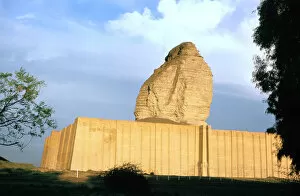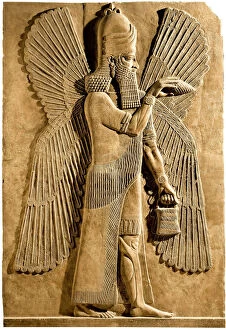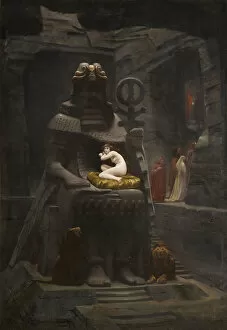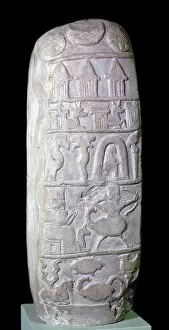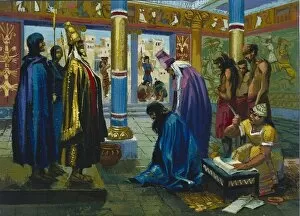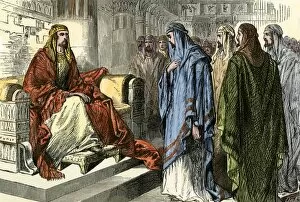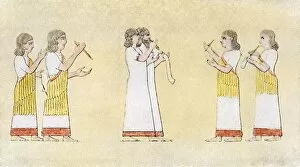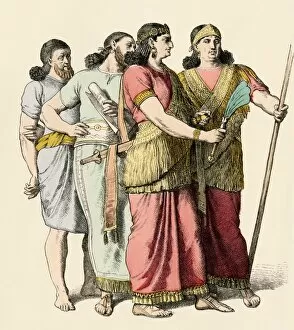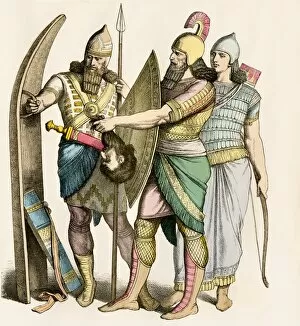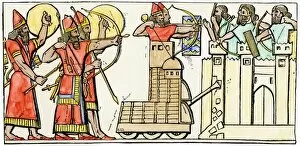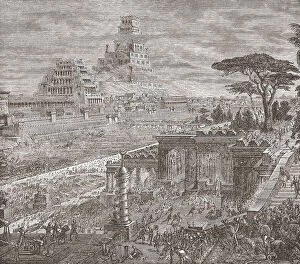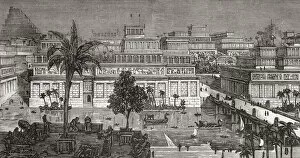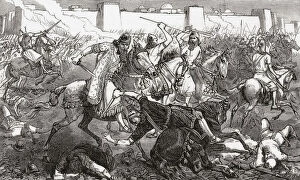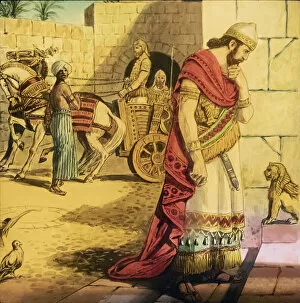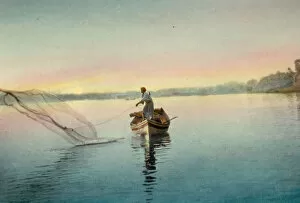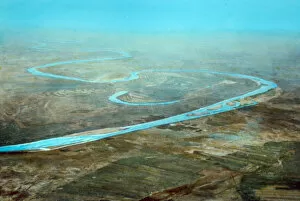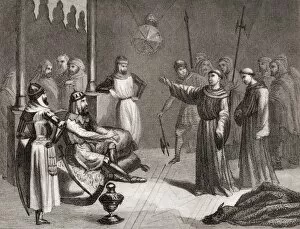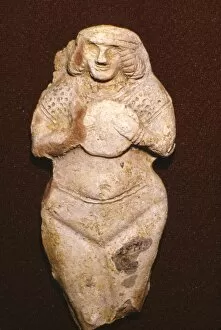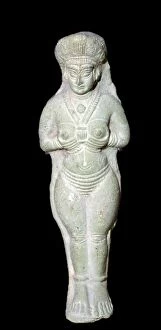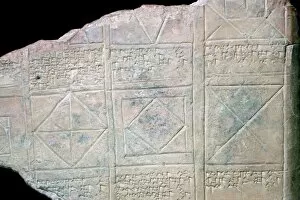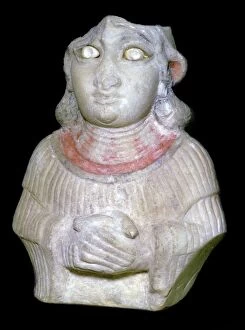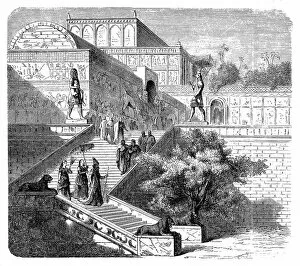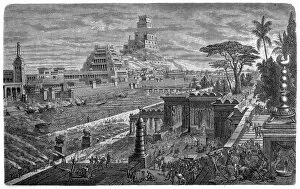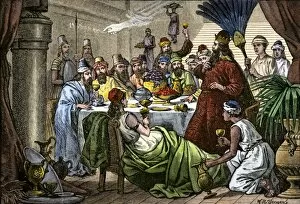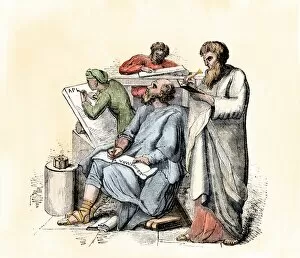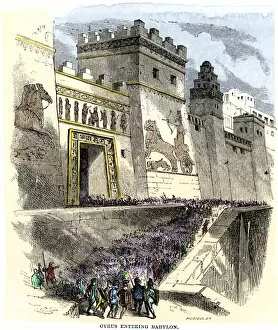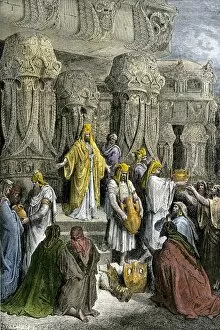Babylonia Collection (#3)
"Babylonia: A Journey through Time and Splendor" Step into the ancient land of Babylonia, where history unfolds like a captivating tale
For sale as Licensed Images
Choose your image, Select your licence and Download the media
"Babylonia: A Journey through Time and Splendor" Step into the ancient land of Babylonia, where history unfolds like a captivating tale. Marvel at the wonders that once graced this enchanting civilization, starting with the legendary Hanging Gardens of Babylon. These lush terraces suspended in mid-air were a testament to human ingenuity and beauty. Delve deeper into Babylonia's rich heritage as you explore artifacts like PANC2A-00003, also known as the Cylinder of Cyrus the Great. This Akkadian text offers insights into the reigns of powerful rulers who shaped the Persian Empire around 500 BC. The Fertile Crescent, stretching from Egypt through Canaan and Mesopotamia to Babylonia, emerges as a vital strip of land in biblical accounts. Its significance is beautifully illustrated in ancient texts and maps such as "The Babylonian Map of the World" by Assyrian artists. Immerse yourself in daily life within an Assyrian residential complex reconstruction. Visualize how people lived during this era while admiring intricate details like winged genies adorning palace walls – symbols of protection and power under kings like Sargon II. Not all tales are filled with grandeur; some delve into darker themes. Albrecht Durer's painting "The Babylonian Whore" depicts societal vices prevalent during his time but draws inspiration from historical references to Babylonia's reputation for decadence. Travel back even further to witness love stories unfold amidst divine beliefs with "The Bride of Belus. " This evocative artwork captures emotions intertwined with religious devotion, offering glimpses into personal lives amid grand civilizations. Finally, pay homage to one of Babylonia's most influential figures – Hammurabi. As King from 1792-1730 BC, he established a legal code that influenced societies for centuries after his reign ended.

